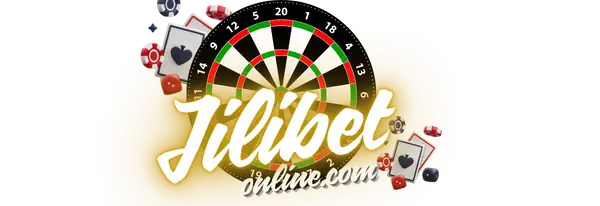Blackjack is one of the rare casino games where your skill really makes a difference. This guide shows you how to use its high RTP, low house edge, and smart strategies to boost your real money winnings. Whether you’re new or experienced, you’ll see how to play wisely, manage your bets well, and make choices that tip the odds your way.
Understanding Blackjack – A game of strategy over luck
Blackjack is a fast-moving card game where your goal is to beat the dealer without going over a total of 21. While the basic rules are simple, playing well calls for timing, smart strategy, and some quick math, which makes it one of the most skill-driven games you’ll find in any casino.
This game began in 17th-century France under the name vingt-et-un, which means “twenty-one.” The main rule was the same back then: reach 21 or as close as you can without busting. Many of the extra rules we see today came later.
When blackjack made its way to American casinos, a special bonus was given for a hand with an Ace of spades and a black Jack card (spades or clubs). That payout helped shape the name “blackjack” and pushed the game’s fame around the world.
Unlike games based only on chance, blackjack rewards players who make smart moves. Knowing when to hit, stand, double, or split by reading the dealer’s up card can cut the house edge to less than 1 percent.
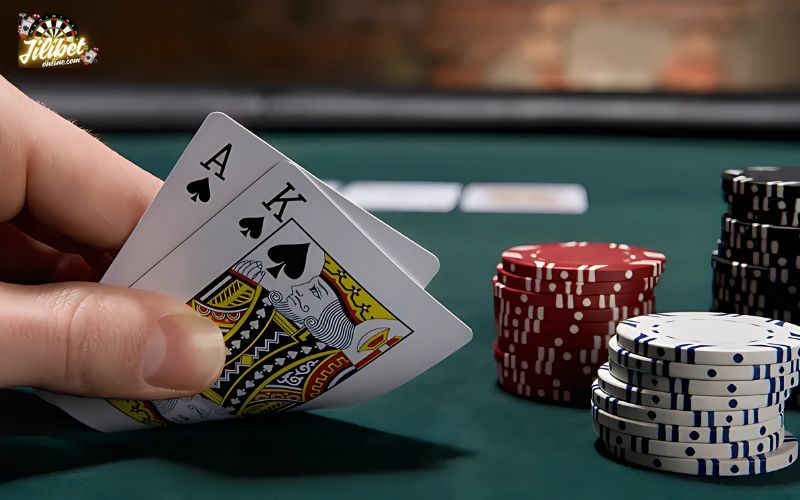
How to play Blackjack: Step by Step
Blackjack begins when you place your first bet and receive two cards. The dealer also takes two cards, with one facing up for you to see. This face-up card is called the upcard. Your goal is to beat the dealer’s total while staying at or under 21.
After the cards are dealt, you have a few choices for your next move:
- Hit: Draw one more card.
- Stand: Keep your current total and end your turn.
- Double Down: Double your original bet and get only one extra card.
- Split: If you have a pair, you can split them into two separate hands.
- Surrender (if allowed): Give up your hand early and get back half your bet.
The dealer must play by fixed rules, drawing more cards until reaching at least 17. You win if your final total is higher than the dealer’s without going over, or if the dealer’s hand goes over 21. If you get an Ace with a ten-point card right away, that’s a natural blackjack and it usually pays 3 to 2. If you and the dealer have the same total, it’s a push and you get your bet back.
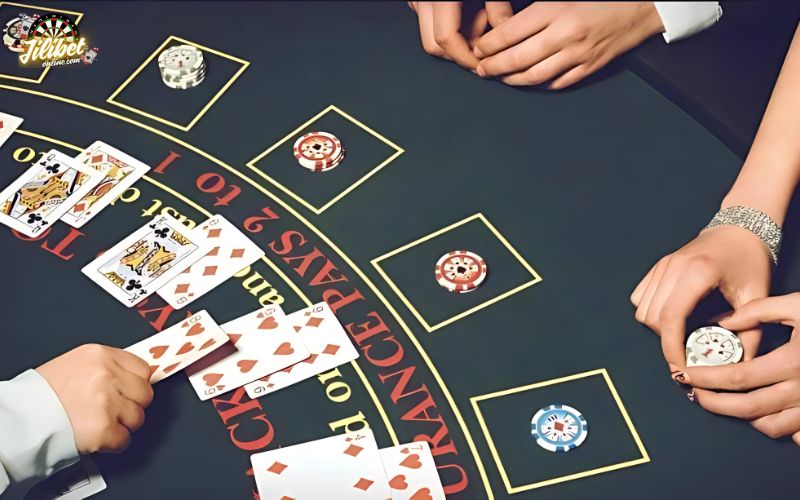
See more: 11 Promotions at Jilibet – Get Now !
Essential Blackjack rules every player should know
Getting the basics like when to hit or stand is just the starting point. What really separates skilled players is how they use extra rules that can shift the odds in their favor.
Most online blackjack games have small rule changes that affect the house edge. Knowing how these work can help you get better results over time.
Below are key rules and options that shape how you play:
| Rule / Option | How It Works and Why It Matters |
| Split Pairs | If you get two cards of the same value, like two eights, you can split them into two separate hands. This works best when the dealer shows a weak upcard like four through six. |
| Double Down | You double your first bet and take only one extra card. This move makes sense when your hand totals ten or eleven because you have good odds of reaching twenty or twenty-one. |
| Insurance Bet | This side bet is offered if the dealer’s up card is an Ace. It pays two to one if the dealer has blackjack. Still, it’s not recommended unless you know how to count cards. |
| Surrender Option | Some tables let you surrender early and lose just half your bet instead of the whole amount. It’s helpful if you have a weak hand like sixteen against a dealer’s ten. |
Knowing when to use these rules gives you more control and helps lower your risk when you combine them with a strong blackjack plan.
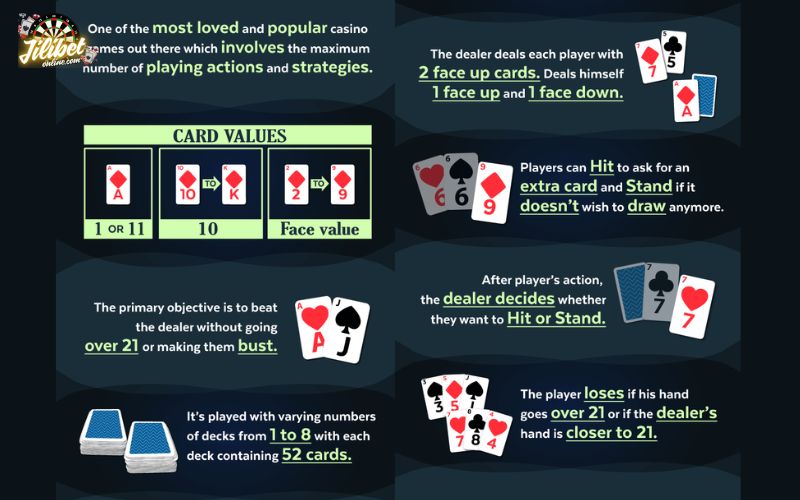
Blackjack Online – Play anywhere, anytime
Playing blackjack online has changed the way people enjoy this classic card game. You no longer need to wait for a seat or travel to a casino. Now you can play whenever you like, on any device, with flexible bet sizes and instant access to the tables.
Live Blackjack vs RNG Blackjack
Live Blackjack gives you real dealers, high-quality streaming, and live chat, making it feel like you’re at an actual casino table.
RNG Blackjack, which stands for random number generator blackjack, lets you play alone and control the pace. It’s perfect for testing your strategy, playing at your own speed, and practicing as many rounds as you want without any rush.
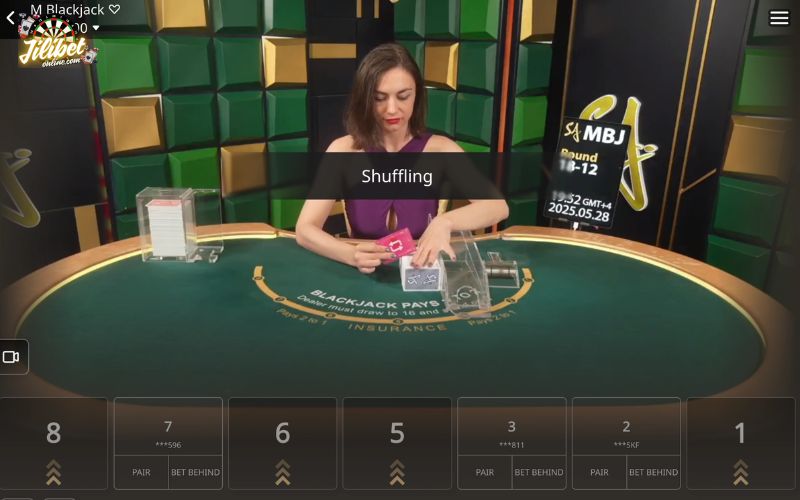
Mobile play and Instant access
Modern blackjack apps for Android and iOS give you full control over your game. You can manage your funds, switch between tables, and use practice modes whenever you need. If you’d rather skip installing apps, you can play straight from your browser with no download required.
Whether you’re trying for real wins or testing out strategies for free, online blackjack lets you play your way anytime, anywhere.
What to know about 21+3 Blackjack
The 21+3 side bet brings a poker twist to your blackjack game. It uses your first two cards plus the dealer’s up card. If those three cards create a valid poker hand like a flush, straight, three of a kind, or straight flush, you get a bonus payout that can start at 5 to 1 and go up to 100 to 1 depending on the paytable.
Example: If you get a nine of spades and a ten of spades, and the dealer’s up card is a queen of spades, you have a flush because all three cards are spades. If you placed a 100₱ side bet, you could win 500₱ or more, based on the payout rules at that table.
While these extra wins sound tempting, the odds are not in your favor. The house edge for 21+3 bets usually sits between 3 and 7 percent, which is much higher than the low edge of standard blackjack when played with perfect strategy. On top of that, side bets can pull your focus away from the main game, making it harder to decide when to hit, stand or double.
If you want more excitement and have an entertainment budget in mind, 21+3 can be a fun extra. But if your goal is steady results or long-term profit, treat side bets as a small bonus and stick to mastering the core blackjack moves first.
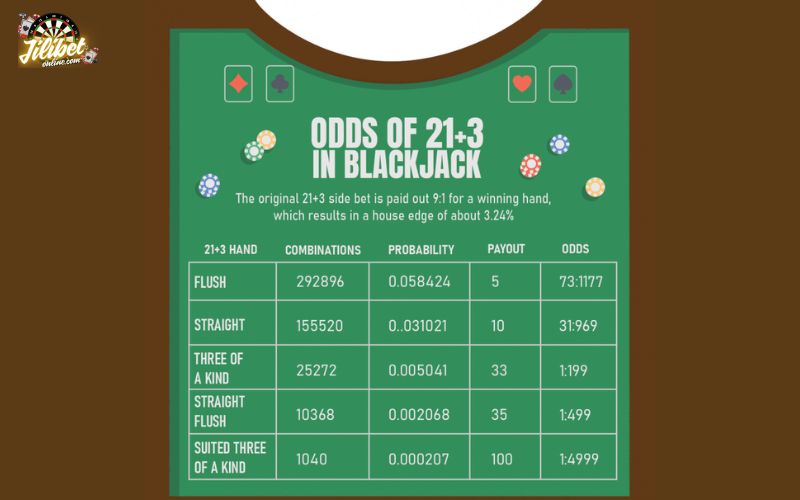
Blackjack Strategy – From Basic Charts to Smart Play
Winning at blackjack is not just about luck. Success comes from knowing the best moves for each situation, following a proven plan, and staying disciplined every round you play.
A basic strategy chart shows you the statistically best choice for every hand, based on your cards and the dealer’s up card. If you stick to it, you can cut the house edge to below 1 percent and gain a real edge over time.
| Your Hand | Dealer’s Upcard | What to Do |
| 12 | 2 or 3 | Hit |
| 16 | 6 | Stand |
| 11 | Not an Ace | Double Down |
| 8 + 8 | Any | Always Split |
| Ace + 6 | 2 to 6 | Double if allowed |
Once you know the basics, keep your game sharp with these classic tips:
- Always split Aces and eights.
- Skip the insurance bet because it helps the house, not you.
- Stick with your strategy instead of changing plans mid-game.
- Stay calm when you lose a few hands.
In blackjack, skill and patience matter most. Trust the numbers, avoid random guesses, and focus on playing the long game.
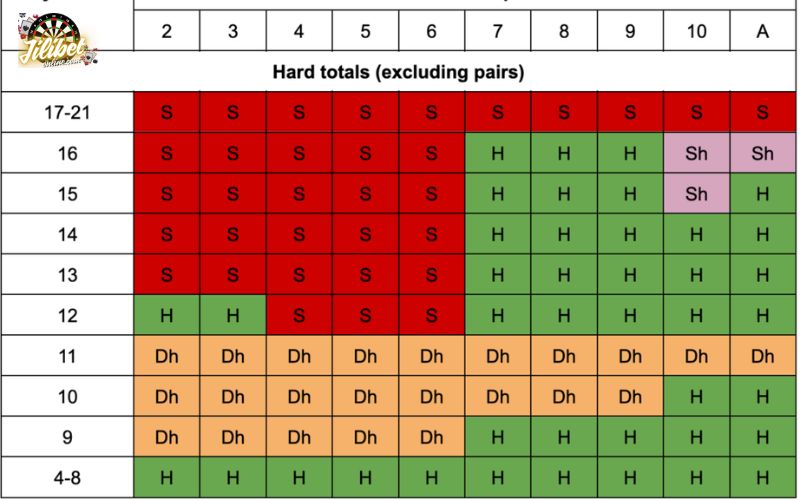
Smart betting tips and Bankroll control for Blackjack
Knowing how blackjack works is only the first step. To really stay ahead, you need strong bankroll habits, because even the best strategy won’t help if you manage your money poorly. Blackjack depends on small edges and percentages, so your bankroll keeps you in the game long enough to let the math work for you.
Set session limits that match Blackjack’s pace
If you plan to play at a P100 table, bring at least P2,000 with you. Decide in advance when you will stop. For example, stop playing if you are down by 10 percent or up by 25 percent of your bankroll. This helps you avoid long losing streaks, which are more common in multi-deck games where swings can be bigger.
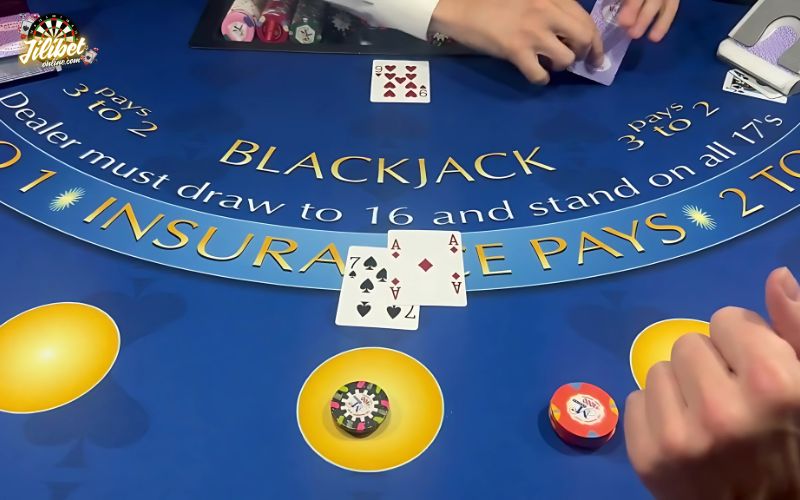
Bet with discipline, not emotion
Never go all in on one hand. A good rule is to risk only 2 to 5 percent of your bankroll per bet. If you have P2,000, your bets should stay between P40 and P100. This leaves you room to double down or split when needed, without risking too much at once.
Raise bets only when the odds are right
Add a bit more to your bet when the dealer’s up card is weak, like a four, five, or six. These moments give you a better chance to win. Never raise your bet just because you lost the last hand. Chasing losses often leads to poor decisions.
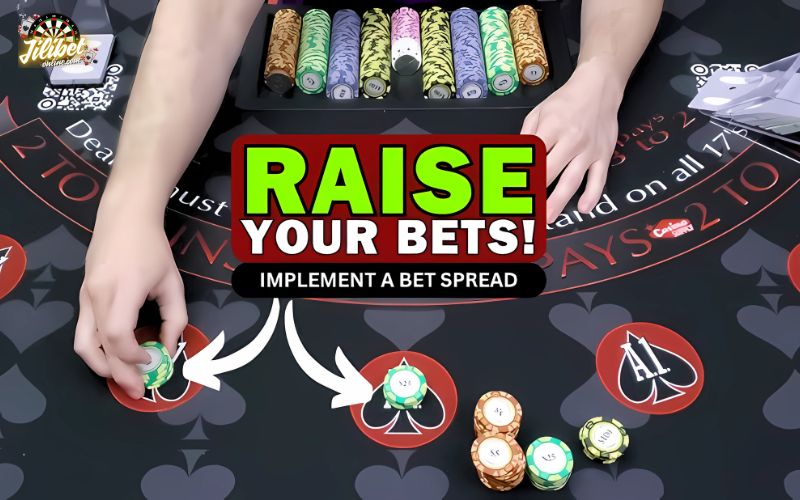
Track every session
Keep a simple record of what you bet, how each session went, and any big decisions you made. This helps you spot when emotions affect your game, catch bad habits, and see where you drift from your plan.
Blackjack Odds, RTP and House Edge made simple
If you want better results at blackjack, you need to think in numbers. Your real edge comes from understanding the math behind each hand you play.
Know the difference between RTP and House Edge
RTP (Return to Player) shows the long-term payout rate. If you follow basic strategy, blackjack can offer up to 99.5 percent RTP, which is one of the best rates in any casino. The house edge is the portion the casino keeps. Depending on table rules and how many decks are used, it can range from about 0.3 percent to 2 percent.
Even a small change matters. Over many hands, a tiny shift in the edge can make a big difference to your profit, especially during longer sessions.
For example, if you play 1,000 hands at P100 each with a 0.5 percent house edge, your expected loss is about P500. If the edge goes up to 2 percent, that loss jumps to P2,000. That’s why knowing your odds makes such a difference.
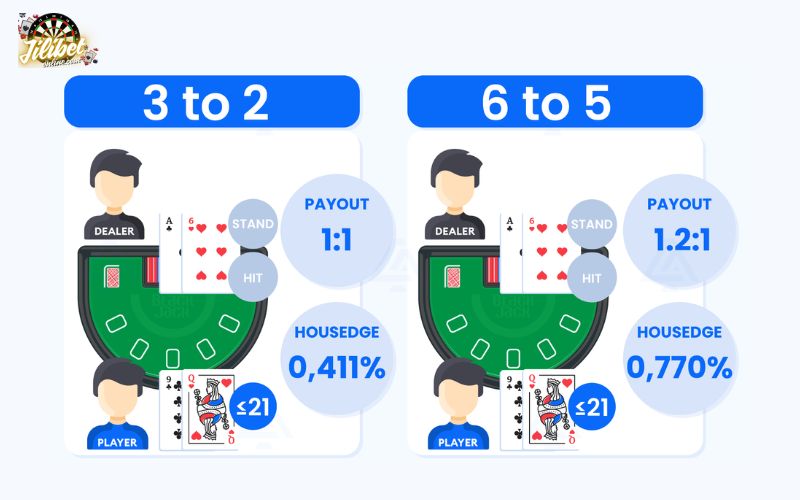
How deck count changes the Odds
| Number of Decks | RTP (%) | House Edge (%) |
| 1 deck | 99.62 | 0.38 |
| 2 decks | 99.55 | 0.45 |
| 4 decks | 99.50 | 0.50 |
| 6 decks | 99.46 | 0.54 |
| 8 decks | 99.42 | 0.58 |
The more decks in play, the slightly higher the house edge. Always read the table rules before you join a game.
Key Odds that affect your play
Here are a few real odds that guide smart blackjack choices:
- Chance of busting on sixteen: about 62 percent
- Chance the dealer busts with a six upcard: about 42 percent
- Chance of landing a natural blackjack: about 4.8 percent
Knowing these numbers helps you decide when to hit, stand, or double down. When you combine this knowledge with disciplined betting, you turn risk into a smart advantage.
Advanced Techniques – Card Counting and Edge Play
For players who want to push past basic strategy, blackjack has a few advanced tactics that can slightly shift the odds in your favor when used well. From card counting to rare observation methods, these techniques demand focus and discipline.
Card Counting – The Trusted Skill Method
The most famous method is card counting, especially the Hi-Lo system. Here’s how it works:
| Card Value | Count |
| 2 to 6 | +1 |
| 7 to 9 | 0 |
| 10 to Ace | –1 |
By keeping track of the running count, you can spot when the deck is heavy with high cards. This is the right moment to raise your bets or expect the dealer to bust. Done well, card counting can lower the house edge by up to 1.5 percent. Still, success comes down to discipline and staying low-key. Since most casinos look out for counters, it’s smart to keep your moves subtle, especially at live tables.
Less Common But Real – Edge Sorting and Hole Carding
Besides counting, there are a few rare tactics skilled players sometimes use:
- Edge sorting: Spotting small flaws or marks on the backs of cards to guess which ones are high value. This only works in games where decks are hand-shuffled and not well maintained.
- Hole carding: Catching a glimpse of part of the dealer’s hidden card, usually because of careless dealing or visible camera angles.
While these methods are debated, they are legal in many places as long as you don’t use any devices or work with the dealer to gain an advantage.
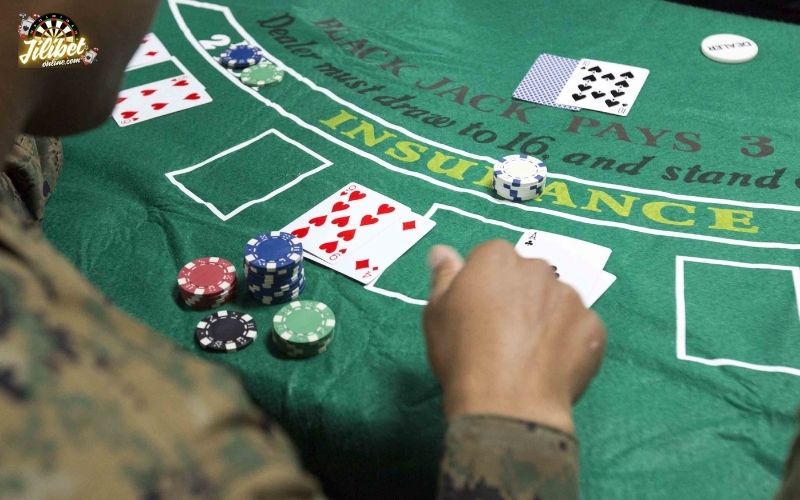
Blackjack Glossary – 10 Must-Know terms for every player
To play blackjack with confidence, whether at a live table or online, you should know the basic terms dealers and players use. Here’s a short guide to help you understand what’s happening at every step:
| Term | Meaning and Example |
| Push | A tie where your original bet is returned. Example: You have 20 and the dealer also has 20, so it’s a push. |
| Bust | When your hand goes over 21 and you lose automatically. Example: 16 plus 8 makes 24, which is a bust. |
| Shoe | A device that holds multiple decks, common at casino tables. Example: Used in six to eight deck blackjack games. |
| Dealer’s upcard | The dealer’s face-up card that affects your decision. Example: Dealer shows a six, so you might choose to stand. |
| Soft hand | A hand that includes an Ace counted as eleven. Example: Ace plus six makes a soft 17. |
| Hard hand | A hand without an Ace, or where the Ace counts as one. Example: Ten plus seven makes a hard 17. |
| Stand | You decide not to draw any more cards. Example: You hold 19 and choose to stand. |
| Split | Playing a pair as two separate hands. Example: Split a pair of eights and play each hand on its own. |
| Double down | Double your bet and take only one extra card. Example: You have eleven, draw a ten, and reach 21. |
| Surrender | Give up your hand early and lose only half your bet. Example: Often done on sixteen against a dealer’s ten. |
Real player Tips for playing Blackjack
Curious how other players stay sharp at the blackjack table? Here are real tips from players sharing what works for them.
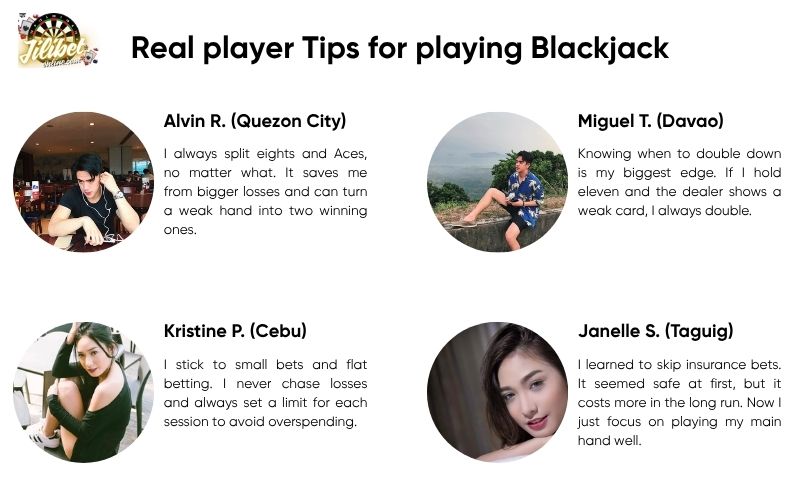
FAQs about playing Blackjack
Is Blackjack just a game of luck?
No. While luck decides the cards, Blackjack is one of the few casino games where your choices matter. Using basic strategy, knowing when to hit, stand, split, or double down can reduce the house edge to below one percent.
What is the best number of decks to play with?
A single-deck game usually offers the lowest house edge, but these are rare. Multi-deck games (four, six, or eight decks) slightly increase the house advantage. Always check the deck count before you sit down.
Should I take insurance in Blackjack?
Most experts say no. The insurance bet looks like a safe option when the dealer shows an Ace, but in the long run, it costs more than it saves unless you are counting cards perfectly.
How much should I bet per hand?
Stick to two to five percent of your session bankroll for each hand. This leaves enough room to double down or split pairs when the right moment comes, without risking too much at once.
Final thoughts on playing Blackjack
Blackjack is one of the best casino games for players who value skill and smart play. With the right strategy, solid bankroll control, and clear decisions, you can lower the house edge and stay ahead over time.
Take time to learn the basics, use proven tips and play with discipline. Good luck at the tables and play smart every hand!
